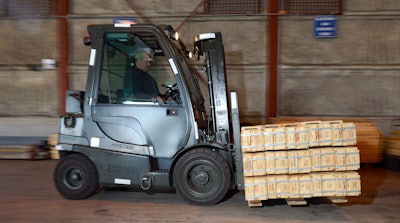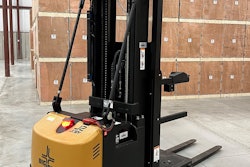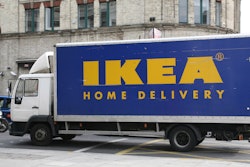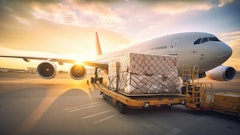
The functions of forklifts within the logistics industry is continuing to evolve as manufacturers discover ways to fully maximize their investment. After all, forklifts are not cheap.
A standard rider forklift that can carry a minimum capacity load (around 1,000 pounds) can already burn a hole in the company’s pocket since a unit can cost approximately upwards of $30,000 each. Prices may vary depending on the manufacturer plus the features as well.
If you are a business owner and you do not want to spend a lot of money just for a piece of equipment, there are forklift rental services you can find anywhere. Some of them can happily rent out their unit for as low as $225 a day.
Whatever the type of business you have, buying a forklift is a vital decision since it can help your company in tons of ways especially if you are into distribution and warehousing.
Importance of Forklifts
Forklifts play a vital role in pushing the global economy forward; thanks to their multiple uses. According to a study, the forklift market is estimated to grow from $16 billion in 2016 to around $17.6 billion in the next five years.
Here are four ways on how forklifts improve your company’s efficiency.
1. Improve safety
Back when industrial forklifts we use today were still just a figment of the imagination, factory workers use ropes, chains, pulleys, elbow grease and brute strength of one (or many people) just to lift a load a few feet off the ground and into a shelf.
With freight load weighing up to 5,000 pounds in the modern era, ropes and pulleys alone would not be able to lift it for even a centimeter without causing an accident.
Forklifts remove this burden by providing a safe avenue to lift and transfer a load, no matter how heavy, from one place to another. They save your workers from unwanted accidents and make their area a safe place to work on.
2. Enhance productivity
Because forklifts can easily handle so many jobs at one time (lifting, transferring, removing, restocking, etc.), you can greatly lessen your labor costs by hiring fewer workers.
Forklifts also lessen the time needed to process and deliver the product from the warehouse to the recipient. The saved time can be further used for other things such as doing inventories, focusing on quality checks and manufacturing more products.
In short, you are able to put in more work due to these pieces of equipment.
3. Maximize warehouse space
As the population grows around the world, land is becoming one of the most precious and coveted commodity. That is why you must be able to maximize every square inch of land you currently have.
One of the most useful pieces of advice given by professional organizers and interior designers when maximizing space is to go vertical. Meaning, stack your stuff all the way up the roof. This is especially useful in warehouses. You may not be able to expand horizontally because of the land price, but you can do so vertically.
Where do forklifts come into the picture? Of course, no human being can easily go to shelves of up to 30 feet just to grab a box and go down without breaking his or her neck. Likewise, it is too much of a hassle to ask tons of laborers to organize your freight to 10-foot shelves.
Forklifts make the warehouse organization and inventory easier by lifting and stacking them all the way up. Some forklifts such as order pickers and reach trucks can lift 2,500 to 3,500 pounds to heights that can go up to 35 feet. They make it easier to access the goods from high up once they are needed.
4. Have a variety of uses
Did you know that some warehouses use their forklifts as a way to clean the area? There are products like a sweeper and a mop you can attach to the forks which you can use to clean your warehouse floors after every working day. The attachments are also useful in cleaning spills.
Some owners even get more creative by adding a plow or a large shovel to flatten lands and remove snow from the outside pavement.
Final Words
Unfortunately, forklifts do not boast of a clean record. A report made by the Center for Disease Control and Prevention (CDC) stated that forklift-related deaths are caused by four things:
● Overturn brought by carrying a load that is over the forklift’s limit
● Vehicular accident
● Crushed by the forklift
● Tumbled out of the forklift
Thanks to this report, safety precautions were already set to prevent further disasters from happening.
As an owner, you must weigh the pros and cons of actually owning or renting a forklift. If you do decide to have one, make sure to follow the rules and regulations set by the Occupational Safety and Health Administration (OSHA).
















